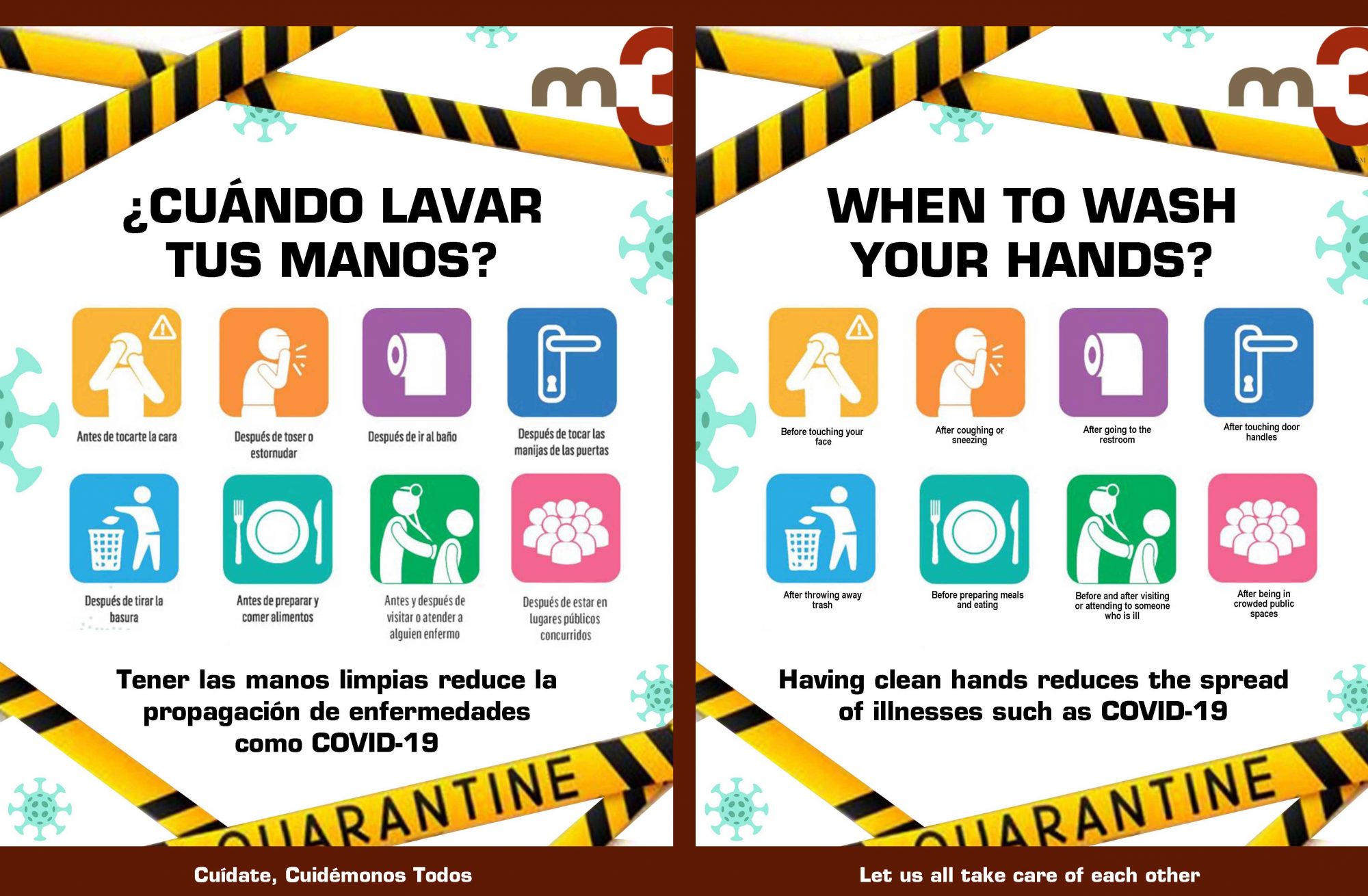Washing your hands is one of the best ways to protect ourselves and our families from getting sick. Learn when and how to wash your hands to keep yourself in good health.
How Germs Spread
Washing your hands can keep you safe and prevent the transmission of respiratory infections and diarrhea from one person to another. You may transmit germs or contract them from other people and surfaces when:
- Touching your eyes, nose and mouth with unwashed hands.
- Preparing or consuming food or beverages with unwashed hands.
- Touching a contaminated surface or object.
- Blowing your nose or covering your and mouth with your hands when sneezing, and then touching somebody else’s hands or objects of common use.
Key Times to Wash Hands
You may help to keep yourself and your family members healthy by frequently washing your hands, particularly during the following situations where there is a higher possibility of contracting and spreading germs:
- Before, during and after preparing food
- Before eating
- Before and after taking care of someone with vomit or diarrhea
- Before and after treating a cut or wound
- After going to the restroom
- After changing diapers or cleaning a child who went to the restroom
- After blowing your nose, coughing or sneezing
- After touching an animal, animal food or animal feces
- After manipulating food or treats for pets
- After touching garbage
During the COVID-19 pandemic we must also clean our hands:
- After being in a public place and touching an object or surface that other people may touch frequently, such as door handles, tables, gas stations, shopping carts, screens or electronic cash registers
- Do it before touching your eyes, nose or mouth, because those are the ways through which germs go into the body
Follow Five Steps to Wash Your Hands the Right Way
Washing our hands is easy and it is one of the most efficient ways to avoid the spread of germs. Clean hands may stop the spread of germs from one person to another and within an entire community; this includes your home, workplace, childcare facilities and hospitals.
Follow these five steps every time.
- Wet your hands with clean, running water (warm or cold), turn off the tap, and apply soap.
- Lather your hands by rubbing them together with the soap. Lather the backs of your hands, between your fingers, and under your nails.
- Scrub your hands for at least 20 seconds. Need a timer? Hum the “Happy Birthday” song from beginning to end twice.
- Rinse your hands well under clean, running water.
- Dry your hands using a clean towel or air dry them.
Why? Read the science behind the recommendations.
Use hand sanitizer when water and soap are not available.
You may use hand sanitizer with at least 60% alcohol y water and soap are not available.
Washing your hands with water and soap is the best way to eradicate germs in most situations. If water and soap are not immediately available, you may use a hand sanitizer with at least 60% alcohol. The best way to know if the disinfectant contains at least 60% alcohol is by reading the product label.
Hand sanitizers may quickly reduce the number of germs in many situations, however:
- Hand sanitizers do not eliminate all types of germs
- Hand sanitizers may not be as efficient when the hands are visibly dirty or greasy
- It is possible that hand sanitizers do not eradicate prejudicial substances, such as pesticides and heavy metals.
Caution! Swallowing alcohol-based hand sanitizers can cause alcohol poisoning if more than a couple of mouthfuls are swallowed. Keep it out of reach of young children and supervise their use.
How to Use Hand Sanitizer:
- Apply the gel product to the palm of one hand (read the label to learn the correct amount).
- Rub your hands together.
- Rub the gel over all the surfaces of your hands and fingers until your hands are dry. This should take around 20 seconds.
Let us all take care of each other
REF: https://www.cdc.gov/handwashing/esp/when-how-handwashing.html

